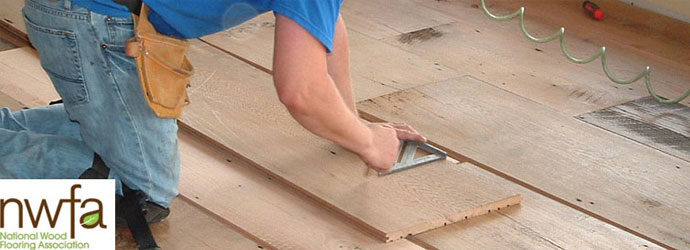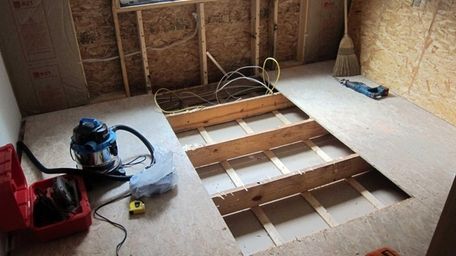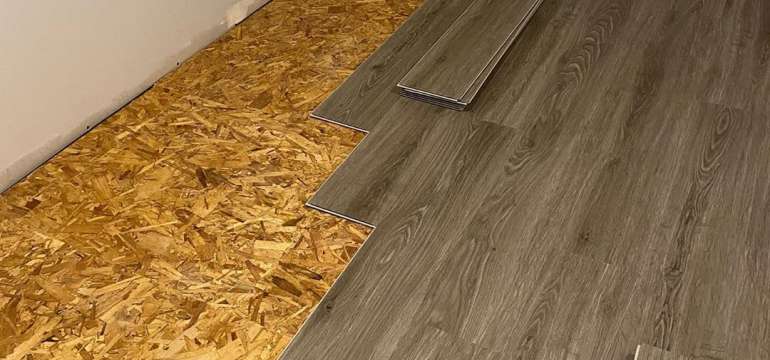Using subfloor screws to correct squeaky floors when subfloors are nailed in place the floor can become extra squeaky either almost immediately or over time.
Should floor be screwed or nailed to subfloor.
The preference is using a 3 8 plywood underlayment nailed or screwed over a plywood sub floor when gluing down a wood floor.
Tongue and groove edges on many premium floor panels such as weyerhaeuser s edge gold osb panels are designed to self gap.
To avoid buckling subfloor panels should be spaced with a 1 8 inch gap at all edges and ends to provide room for naturally occurring expansion.
If your home is suffering from squeaky floor syndrome you can remedy this issue by replacing the subfloor nails with screws instead.
Should the floor need to be repaired or replaced it is easier better with underlayment than with the subfloor.
If you want to lay inch plywood as a subfloor or another inch flooring over a subfloor you should use an appropriate size of nail to ensure the flooring stays in place.
To create a surface that will be strong and long lasting and that won t shift or peel up as the building shifts or moisture accumulates glue your underlayment down to create a more stable base.
You re going through this effort to make it right.
This is fine if you re not worried about the long term durability of your work.
Your nail screw rate is not as important as if you were attaching a new subfloor from scratch.
Although 5 8 inch is sufficient frequently 1 inch thick subfloor is installed.
Screws if driven properly prevent creaking floors.
Instead they just screw or nail the boards to the subfloor.
This is more like strategic intervals to solidify the fastening.
A screw firmly holds the subfloor in place which ensures a squeak less floor for years to come.
When gluing down to a plywood or osb sub floor many are tempted not to use an underlayment.
Glue and screw is popular for more reasons than just rhyming.
It doesn t sound like you re reattaching the entire floor.
Concrete floors can be laid in basements or at ground level while upper level subfloors generally consist of wood.
Movement between the subfloor and nail even a ring shank inevitably causes the two to become loosened over time which creates floor squeaking particularly in high traffic areas.
The subfloor is laid directly over the joists and is the true floor of the room.





























